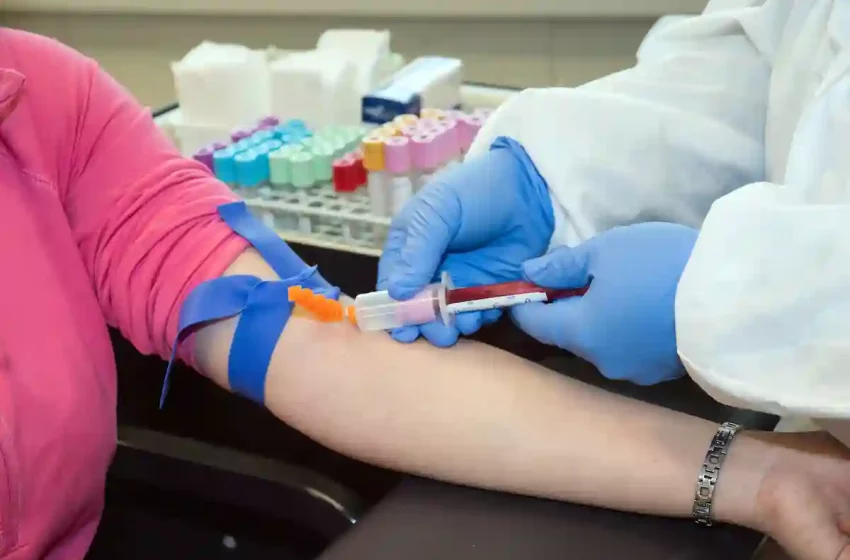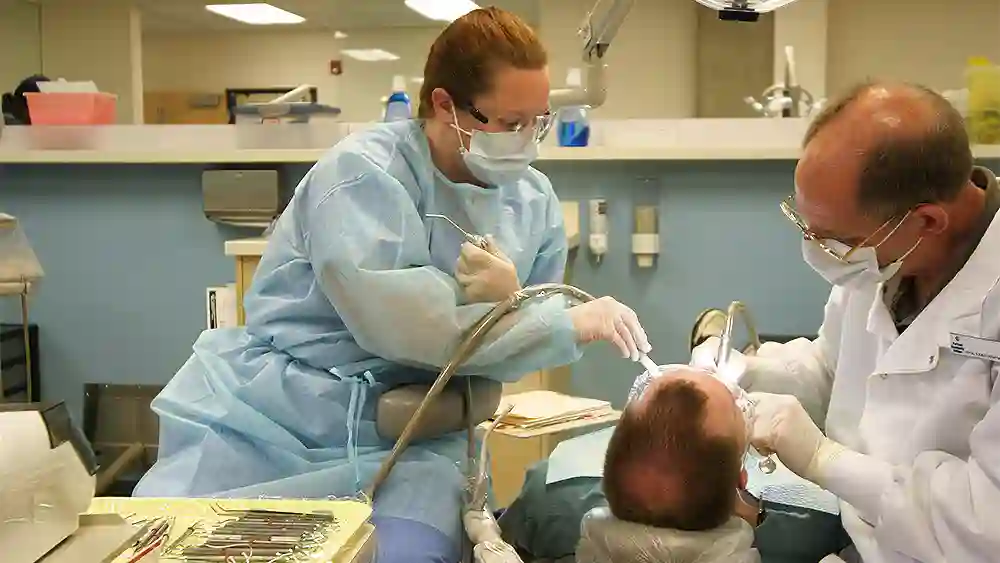The act of taking blood from patients for collection or sampling is known as phlebotomy. Training in phlebotomy equips one with the skills required to carry out this process.
If you’re seeking stable employment with a good salary, phlebotomy is a particularly appealing profession. Although it is not required, obtaining a certification will undoubtedly increase your chances of finding employment as a phlebotomist.
To increase your chances of passing the phlebotomy certification exam, you might wish to enroll in a phlebotomy class. We’ll examine the likelihood of receiving free phlebotomy training as well as how to look for it. Please keep in mind that there are clear benefits of paid training programs before we examine how to acquire training for free. If you can afford it, you should consider enrolling in one.
In phlebotomy training courses in Bay Area, students learn the right way to draw the appropriate amount of blood. In this training, proper handling techniques for biohazardous products are also discussed.
How is phlebotomy training obtained?
- Phlebotomy training is required by law; while each state has its own criteria, the fundamental ones include a high school diploma and a 6-week certification course. The certification course must be completed in at least six weeks, while technical schools may require more or less time. However, this course is still only a few weeks long.
- Phlebotomy training provided by trade schools – This four-month program will teach you all you need to know about taking blood from various body areas, taking blood from infants or young children, taking blood properly from a vein for venipuncture, etc.
- Training is provided by a technical or career school; students will learn how to inject subcutaneously and intramuscularly, flush IVs with saline, and administer Heparin IVs.
Since phlebotomy is not a very high paying profession, many phlebotomists decide to enhance their careers by enrolling in other healthcare programs. Being knowledgeable in a variety of disciplines increases one’s adaptability in the workplace and increases their pay as they take on new responsibilities.
Phlebotomy training is also provided via some college courses, on-the-job mentoring programs, and continuing education courses.
Phlebotomists who trained as medical assistants and earned certifications are employed by private hospitals or physicians. Other phlebotomists complete a two-year clinical laboratory technician training program, receive a degree, and work as blood collectors and laboratory technicians in hospitals. These technicians come in useful anytime hospitals need to examine blood on-site.
Phlebotomy training is available at community colleges, along with other clinical laboratory skills. Phlebotomist career prospects are favorable, and it is anticipated that demand will continue to expand in the years to come.
If you want to add phlebotomy to your list of expertise, be ready to devote the necessary time to getting trained and certified. When looking for work, having a variety of abilities is advantageous and guarantees greater income.
The unemployment office in your state should be your first stop while searching for free phlebotomy training. Phlebotomy training is typically on the list of vocational courses that they offer to help with the early placement of unemployed people. However, you won’t be able to benefit from it unless you are unemployed. The majority of training courses are quite high quality and competitive with any paid course as well.
If you do not fall under the category of the unemployed, you should contact the nursing and elderly care facilities in your area since they frequently fund a small number of students for professional training programs. Most of the time, they’ll demand that you start working for them right away after earning your certification or even while you’re still in training. This has the benefit of boosting the likelihood that you will land a job after passing the certification exam. However, receiving such free phlebotomy training drastically lowers your work prospects.
Finally, check online training programs for free phlebotomy instruction. The online programs give you flexibility in your learning schedule and pace. However, they suffer from being unable to offer actual, hands-on training.












